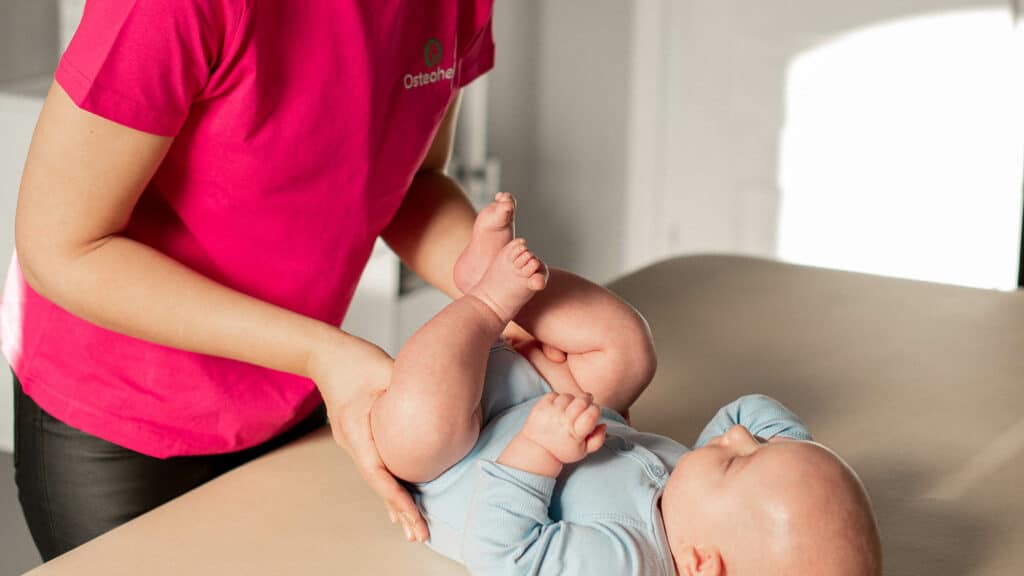
The list of specialists a parent can turn to for help with various child health issues is very long. A pediatrician is the basis, and depending on the needs of the parents, they may visit the offices of a neurologist, orthopedist, speech therapist, allergist, psychologist, nephrologist, and others. It is worth adding to this list specialists who effectively help children: pediatric osteopath. Why?
Pediatric osteopath – to provide a healthy start. Imagine a tree that grows in good conditions, sheltered from strong winds, on good soil. Such a tree will grow straight and healthy. However, if something interferes with it for a long time, the tree may become crooked. The same is true for humans. From the very beginning, a child “codes” various patterns, such as tensions, that will follow them throughout their life. If the development of these patterns is disrupted, instead of developing properly, they can cause problems. Interestingly, these problems may not be visible to the naked eye. Various tensions that arise, for example, during childbirth, can manifest themselves several years later. Therefore, it is worth taking a child to a pediatric osteopath some time after birth to help the child develop properly from the very beginning.
Pediatric osteopath – what does a visit look like?
As an osteopath, I work with children of different ages – from a few-week-old infant to a few-year-old child. The course of the visit is adjusted to the age and character of the child. Working with an infant is easier in that the child usually lies quietly. However, there is an aspect that parents should pay attention to and which may worry them. It happens that children react to osteopath’s actions by crying. This is not a reaction to pain because, it should be emphasized, the procedure is painless for the child. However, by releasing various tensions or traumas, such as those related to childbirth, the child may react with crying. It is not always an indication to stop the procedure; sometimes it is good to let the child vent their emotions. However, if the crying is strong, it is advisable to take a break and calm the child down. It is best to occupy older children with something – a conversation or a toy. Ultimately, you can use modern technology and show the child a cartoon on a tablet or phone. An osteopath cannot force anything, so cooperation with the child and the parent is very important.
Pediatric Osteopath – What problems can parents seek help with?
In addition to the standard visit to an osteopath with the child 2-3 months after birth, parents can seek help for problems such as: low muscle tone, hip dysplasia, colic, and restless sleep. For older children, problems with motor coordination, concentration, recurring infections, and posture issues may also arise. Another problem that parents may seek help for is cranial asymmetry (known as plagiocephaly) in their child. This may show visible flattening or displacement of bones, which is not only a visual issue but may also lead to developmental and functional disorders in adulthood. This is often a result of a difficult childbirth, such as incorrect positioning in the birth canal, assisted delivery with vacuum or forceps. An experienced pediatric osteopath can help with this problem through therapy.

